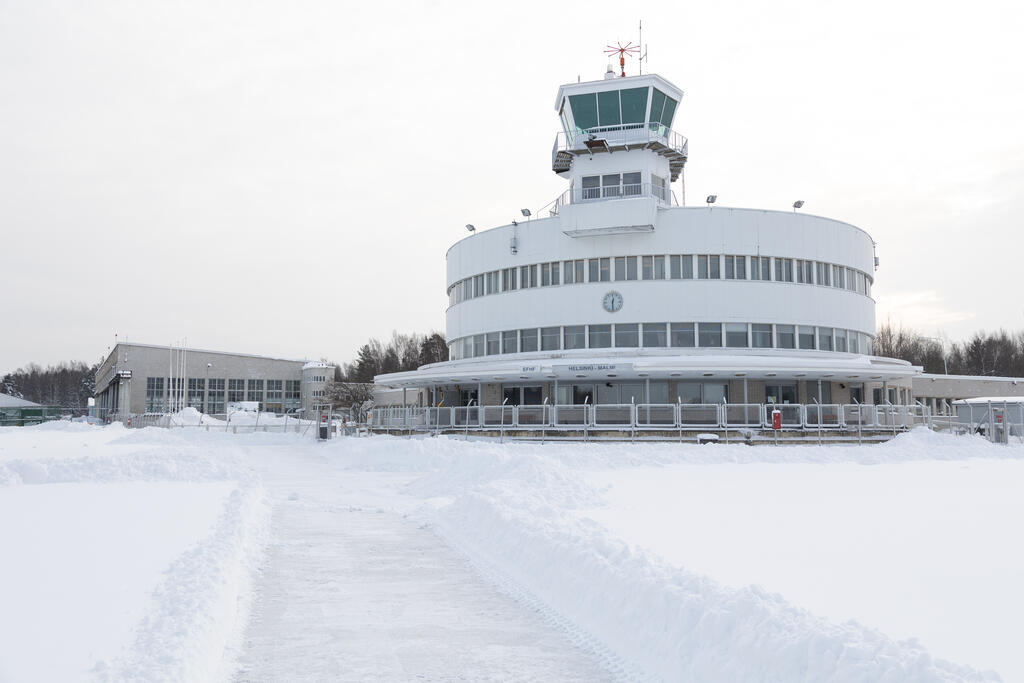
The city of Helsinki started preparatory work related to the transfer of the main natural gas pipe running through the Malminkenttä area in summer 2022.(Link leads to external service) The natural gas pipeline will be moved away from future streets and blocks, so that the residential areas of Nallenrinne and Lentoasemakorttelit can be built. According to the Natural Gas Decree, the pipe must have a sufficient safety distance to future and existing buildings.
The construction of the new pipeline alignment will begin at the end of January 2023, as the preliminary work preparing its construction will be completed in the area of the alignment during January. The pipeline will be moved to the location indicated by legally valid detailed local plans. The pipeline will be moved to the future park area to the north of the round terminal building and the hangar.
The current gas pipeline will remain in use until the completion of the new one
The city has been responsible for the preparatory work related to the transfer of the pipeline. Gasgrid Finland, which is responsible for Finland’s natural gas transmission network, is responsible for the construction of the new pipeline, and Louhintahiekka Oy acts as the contractor.
The construction of the new pipeline will begin from the direction of Tattariharjuntie, and the work will proceed towards the airport area. Pipes have been stored in the airport area during January so that construction can start smoothly at the end of January. As a rule, the work will be performed between 7 a.m. and 6 p.m. and cause usual construction noise.
The transfer of the pipeline will affect the users of the popular outdoor route around the airport area, as the current route will be partially interrupted during the transfer work. The work areas will be fenced off and clearly marked, and signposted detours will be provided in the area.
The current natural gas pipeline will remain in use until the new pipeline is completed. The goal is to have all connection work completed well before the start of the heating season so that the new pipeline can be put into use in autumn 2023. The old natural gas pipeline will be dismantled in connection with house and street building projects.
At the end of the pipeline transfer, the area will be landscaped to its former state. After the work is completed, the new pipeline will remain a treeless zone in accordance with the safety requirements of the Natural Gas Decree.
The construction of the northern road connection also continues
The city will continue building a road connection between Suurmetsäntie and Malminkenttä for spring 2023. The northern road connection will serve the temporary use of the airport area, such as the construction logistics and, if necessary, the Rescue Department. The road connection will be built by YIT which also acted as a contractor in the preliminary construction work preparing the transfer of the gas pipeline.
Nallenrinne and Lentoasemankortellit will be the first new residential areas in Malmikenttä. Street construction in and around the Nallenrinne town plan area is estimated to begin in 2023. The goal is to start housing construction in 2024.
A total of approximately 13,500 new apartments for 25,000 residents will be built in Malminkenttä. The entire construction will take about 25–30 years. The aim is to keep the area in active use before and during the construction of the residential buildings.